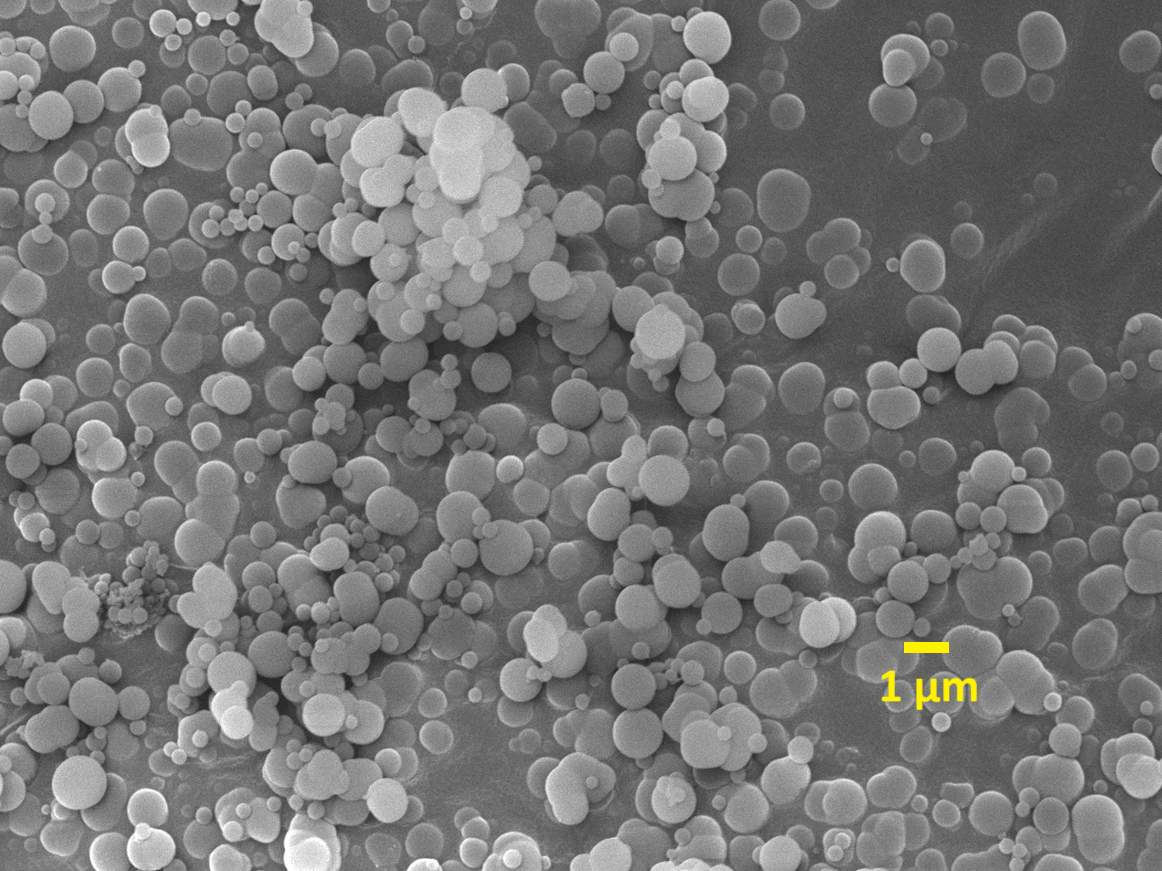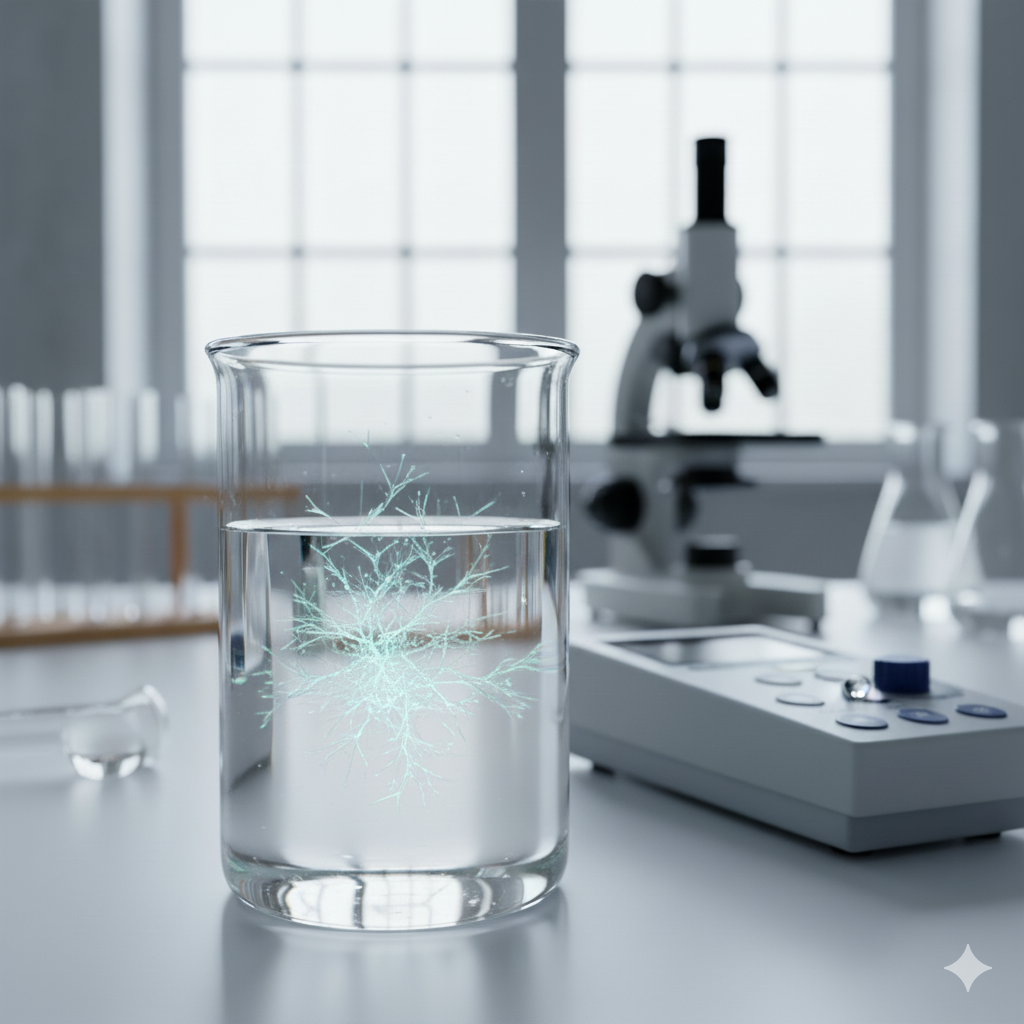Boron occurs naturally in rocks, soils, and water, most commonly in the form of boric acid or borates. In seawater, its concentration is typically 5–10 mg/L, while in certain groundwater sources it can exceed 100 mg/L.
In small amounts, boron is essential for life. However, in excess it becomes toxic – damaging vegetation and posing risks to both human and animal health. Since 2011, the World Health Organization (WHO) has recommended that drinking water should not contain more than 2.4 mg/L of boron. For irrigation water, the limits are even lower, typically 0.3–1 mg/L, as some crops are highly sensitive to boron.
The challenge lies in the fact that boron is very difficult to remove from water. Conventional treatment technologies that are effective for other contaminants often fail in this case; they tend to be inefficient, energy-intensive, and frequently prevent the reuse of sorbents. This is why the development of new methods for boron removal is of critical importance.

The invention is based on a unique method of producing fine spherical resin particles with a diameter below 2 μm, which are highly effective in capturing boron compounds from water. The key lies in the use of a novel resorcinol–formaldehyde resin substrate, surface-modified by attaching a so-called “linker” (e.g., epichlorohydrin) and a chelating agent capable of binding boron compounds through ion exchange. The result is a sorbent with high adsorption capacity that is fully regenerable.
The material can also be combined with other substances to further enhance process efficiency and reduce costs. Moreover, this preparation process is more environmentally friendly compared to other ion-exchange resins. The boron sorption methodology was validated in the inorganic chemistry laboratories of the Nanotechnology Centre, where Jana Seidlerová confirmed, through comparison with similar commercial sorbents, that this sorbent is indeed functional.

The adsorbent described above can be applied in the treatment of polluted wastewater, desalination of saline waters, and purification of waters containing excessive concentrations of boron compounds (e.g., waters from nuclear power plants).
“The patent confirms that the results of our research have a direct impact on addressing real-world problems and paves the way for their practical application in water management and industrial ecology. The developed adsorbent is tailored to meet both environmental and economic requirements,” says Pavel Czernek.
This patent stands as evidence that research outcomes can be successfully transferred into real-world applications, delivering innovations for both industry and environmental protection.